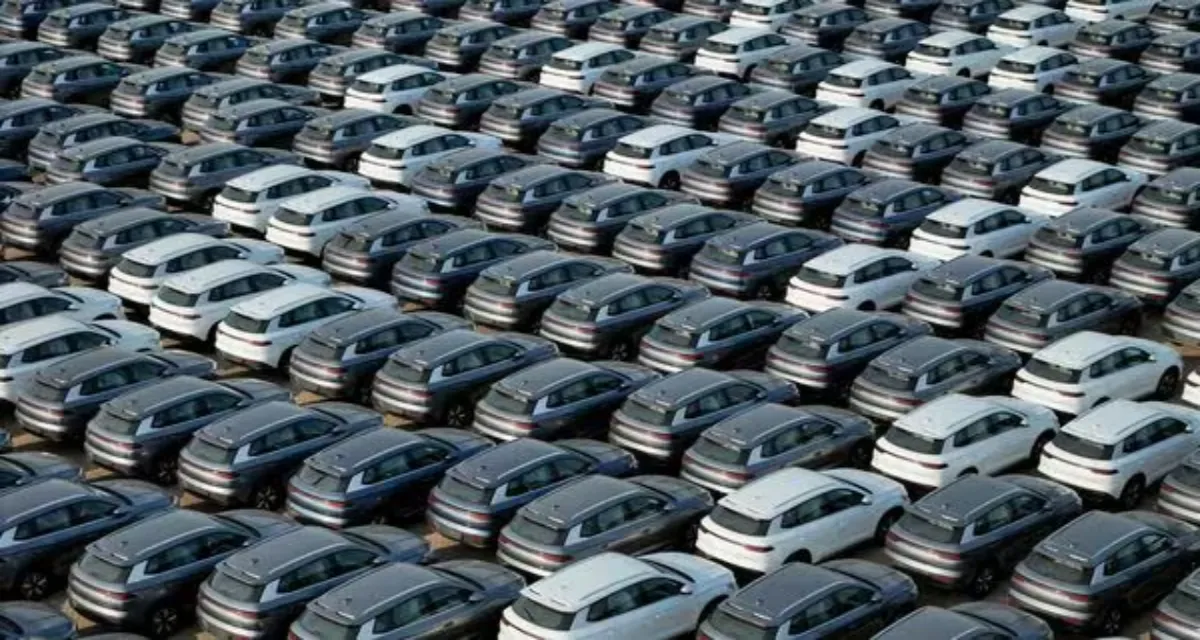
GST Hike on Used Cars: What It Means for Buyers, Dealers, and Businesses

GST Hike on Used Cars: What It Means for Buyers, Dealers, and Businesses
The GST Council, therefore, seeks to raise the GST rates on used cars as 12% was levied on the margin of an identified list of vehicles, albeit at 18% at the moment. This hike will affect petrol vehicles particularly those with an engine capacity of 1200cc and above; diesel passenger vehicles with an engine capacity of 1500cc and above; and EVs.
However, cars with engine capacity below 1200cc and overall length under 4000mm will continue to be charged at 12%.
The increase in the GST rates only affects the GST-registered persons when making sales or supplies or receiving services. Goods sold by the unregistered dealer continue to be out of the scope of GST, thus protecting the private inter-individual sales.
The tax component shifts upwards for the end consumers who buy from the GST-implemented dealers at their new rate. Independent dealers functioning under the margin scheme will opt to pay GST only on the profit margin or the difference between the sale price and purchase price or the stated value.
Take for instance, a dealer who buys a car for ₹5 lakh and sells it for ₹7 lakh clear of any form of depreciation will now be subjected to pay GST on the difference between the 2 Figures, which is ₹2 lakh or ₹36,000 based on the new 18% rate.
If a dealer suffers a loss or opts to sell at such a price that is below the depreciated price no GST will be charged.
This treatment applies not only to vehicles purchased under the capitalization policy but to all businesses that seek to claim ITC on vehicles. This rule mainly applies to companies like the transporters and the car-selling centres like showrooms.
Under ITC provisions, GST applies as follows:
If a business sells a car for ₹10 lakh, with an initial cost of ₹8 lakh, GST will apply to the entire ₹10 lakh if ITC was claimed.
Without ITC, GST applies to the margin, i.e., ₹2 lakh in this scenario.
The used car market operates under two primary models:
Inventory Model: Companies like Spinny purchase and sell cars directly, with GST levied on the applicable margin or sale price.
Marketplace Model: Platforms like Droom connect buyers and sellers, avoiding GST liability if the seller is unregistered.
The GST hike raises the cost of used car purchases for end consumers and impacts dealers by increasing compliance complexity. While the margin scheme provides some relief, the change underscores the importance of tax planning for businesses involved in the used car market.
Also Read: